
Charts from the Maritime and Historical Museums of Bergen, Norway
From two of the medieval Icelandic sagas − the Saga of the Greenlanders and the Saga of Eirik the Red − we learn about Leif Eiriksson and his crew who landed on new shores to the southwest of Greenland around the year 1000. Today we know they were the first Europeans to set foot on the American continent, and their encounter with Indigneous people completed the encircling of the globe by mankind.
Leif named the place Vinland − the wine land − a name which must have sounded to Norse ears like the land of milk and honey. We do not know if he really found grapes, or if the name might refer to berry wine − or if he chose the name to impress the people back home, just as his father Eirik the Red did when he named the rocky, icy Greenland a generation earlier. Fact is that the heroic figure of its discoverer, the dulcet name he gave to it and the tales by the few who ever visited it together with the sagas which praise the land and its resources, have created an aura of mystery and promise around the term and the concept of Vinland. Together with the ocean-spanning character inherent to the Vinland legend this aura gave rise to what I am calling The Vinland Phenomenon.
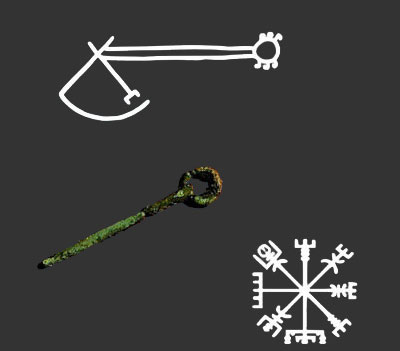
Vinland is stimulating the imagination of scholars and laymen on both sides of the Atlantic alike. Based on ever new argumention and re-interpretation of the original texts, they do not tire to try and identify the paradise-like places from the Vinland sagas. This did not change when the remains of a Norse settlement was discovered at L'Anse aux Meadows on the tip of the Great Northern Peninsula of Newfoundland in the 1960s. The find rather fuelled the discussions as one thing appears to be certain: L'Anse aux Meadows doesn't give the full picture.
And so, to the present day, ever new articles and books are being published on the subject; Vinland conferences are being held; Vinland blogs and websites are being created, maintained, visited and passionately commented. In 2016, the news that another Norse site in southwest Newfoundland might have been located with the aid of satellite imagery has obtained wide media coverage, and related documentaries continue to be broadcasted despite the fact that the aspirations were not substantiated.
Vinland appears to be an identity-giving utopia with the particularity of having an anchor in reality.
Based on critical comparative analysis of sources of varying scholarly character and extensive field studies, and as a follow-up of the 3-channel video work fyrir hafvillu fram (Norway / Newfoundland 2012) about the Norse transatlantic voyages, The Vinland Phenomenon gathers representations of the genre and and context-spanning fascination with Vinland in Newfoundland as the only place in North America where evidence for a Norse presence from the Vinland era has been found.
Interviews, archival material, and photo footage collected on site have been processed and assembled to create four different work series. Together, they aim to convey the multifaceted nature of The Vinland Phenomenon that thrives on a mix of facts, fiction, and wishful thinking.
Full introduction and foreword by Birgitta Wallace
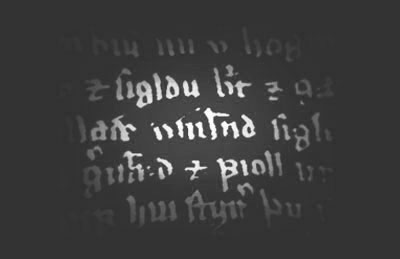
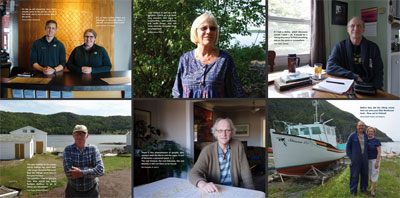 XVinland Quotes
XVinland Quotes
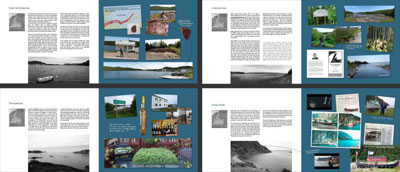 XVinland Spots & Stories
XVinland Spots & Stories
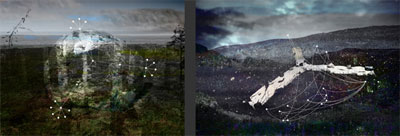 XVinland Visions
XVinland Visions
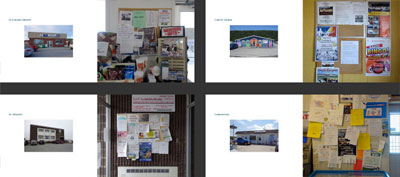 XThe Vinland Questionnaire
XThe Vinland Questionnaire
 XThe Exhibition
XThe Exhibition
The project has been kindly supported by the German Foundation for Canadian Studies, the Tilting Recreation and Cultural Society on Fogo Island, and Kulturhuset USF, Bergen.